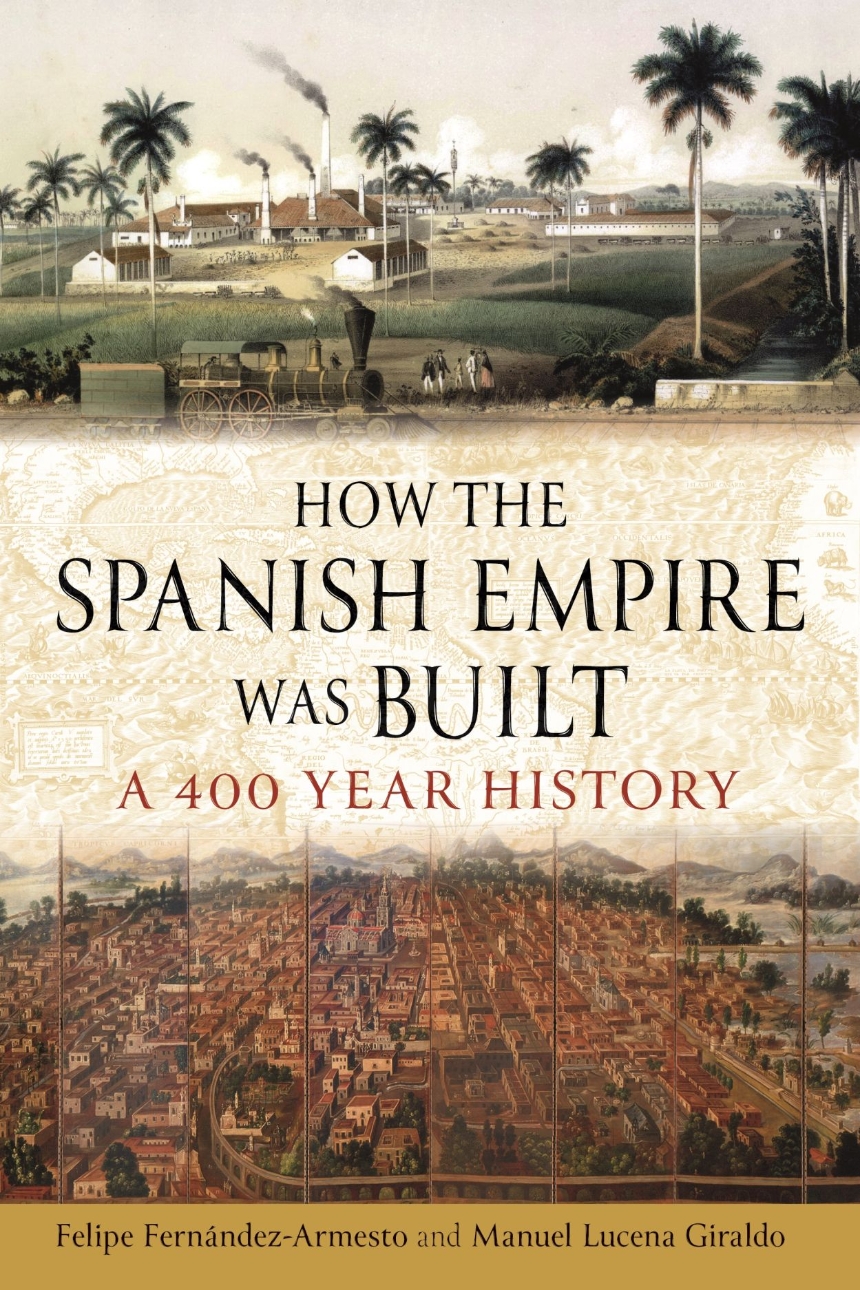The untold story of the engineering behind the empire, showing how imperial Spain built upon existing infrastructure and hierarchies of the Inca, Aztec, and more, to further its growth.
Sixteenth-century Spain was small, poor, disunited, and sparsely populated. Yet the Spaniards and their allies built the largest empire the world had ever seen. How did they achieve this? Felipe Fernández-Armesto and Manuel Lucena Giraldo argue that Spain’s engineers were critical to this venture. The Spanish invested in infrastructure to the advantage of local power brokers, enhancing the abilities of incumbent elites to grow wealthy on trade, and widening the arc of Spanish influence. Bringing to life stories of engineers, prospectors, soldiers, and priests, the authors paint a vivid portrait of Spanish America in the age of conquest. This is a dazzling new history of the Spanish Empire, and a new understanding of empire itself, as a venture marked as much by collaboration as oppression.
Sixteenth-century Spain was small, poor, disunited, and sparsely populated. Yet the Spaniards and their allies built the largest empire the world had ever seen. How did they achieve this? Felipe Fernández-Armesto and Manuel Lucena Giraldo argue that Spain’s engineers were critical to this venture. The Spanish invested in infrastructure to the advantage of local power brokers, enhancing the abilities of incumbent elites to grow wealthy on trade, and widening the arc of Spanish influence. Bringing to life stories of engineers, prospectors, soldiers, and priests, the authors paint a vivid portrait of Spanish America in the age of conquest. This is a dazzling new history of the Spanish Empire, and a new understanding of empire itself, as a venture marked as much by collaboration as oppression.
Reviews
Table of Contents
Foreword
Introduction: Making Empire Work
1 Enter the Engineers: Amateurs and Professionals in the Making of Infrastructure
2 The Oceanic Scaffolding: Maritime Communications
3 Making Ways: Landward Communications
4 Troubled Waters: Along and Across Internal Waterways
5 The Rings of Stone: Fortifying the Frontiers
6 On the Waterfront: Ports and Shipyards
7 The Public Sphere: Social and Economic Infrastructrure
8 Health Infrastructure: Hospitals and Sanitation
9 The Missionary Frontier
10 The Last Century: Engineers in the Aftermath of Empire
References
Acknowledgements
Index
Introduction: Making Empire Work
1 Enter the Engineers: Amateurs and Professionals in the Making of Infrastructure
2 The Oceanic Scaffolding: Maritime Communications
3 Making Ways: Landward Communications
4 Troubled Waters: Along and Across Internal Waterways
5 The Rings of Stone: Fortifying the Frontiers
6 On the Waterfront: Ports and Shipyards
7 The Public Sphere: Social and Economic Infrastructrure
8 Health Infrastructure: Hospitals and Sanitation
9 The Missionary Frontier
10 The Last Century: Engineers in the Aftermath of Empire
References
Acknowledgements
Index

